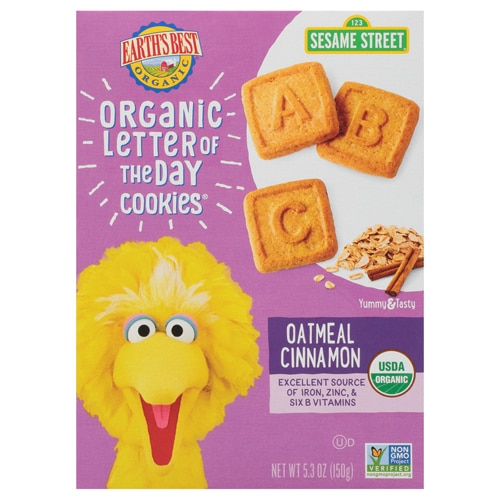A new school year is almost here. But before you pack lunch for the kiddos, consider ways to make those meals more healthful.
Busy parents sometimes send their kids to school with lunches that are convenient, but not necessarily healthful. Many of these prepackaged and processed foods are loaded with sodium, added sugar and other potentially harmful ingredients.
Fortunately, just a little planning can boost the nutritional quality of the lunches you pack, says Juliette Britton, a Denver-based registered dietitian and author of the book “EAT! 7 Steps to Fuel Your Family Without Nagging, Bribing or Losing Your Mind.”
More healthful options - how to pack lunch for school
A few years ago, the Yale Rudd Center for Food Policy & Obesity noted that many nutritionists were highly critical of Kraft Lunchables, a staple of many home-packed lunches.
These critics lamented the high levels of sodium and saturated fat in many varieties of Lunchables.
But Britton says it is relatively easy to prepare a more healthful alternative to Lunchables at home.
“It’s really economical to buy whole grain crackers and more natural deli meats, and to slice up some cheese,” Britton says.
Fruit snacks are another lunch staple that are not as healthful as they appear.
“A natural, healthier alternative is dried fruit – dried mangoes, dried cherries,” Britton says. “They’re still sweet, but they’re not nearly as sticky in the teeth.”
Many parents also pack juices or chocolate milk with their child’s lunch. But these drinks are loaded with added sugars.
For instance, Britton notes that the American Heart Association recommends kids ingest less than 6 teaspoons – or 25 grams -- of added sugars daily. By contrast, the best type of chocolate milk still contains closer to 32 grams of sugar in 8 ounces, she says.
For this reason, Britton urges parents to stick to water or plain milk when packing school lunches.
Getting kids on board
Of course, getting your children to buy in to more healthful eating – and to stick to that commitment throughout the school year -- can be a challenge.
One way to overcome this obstacle to get children more involved and invested in the process.
“Once kids are old enough to go to school, they should be packing their own lunches,” Britton says.
Asking kids to pack their own lunches can be particularly helpful to parents of picky eaters, Britton says.
Britton says that although some children have legitimate problems with food aversion or texture issues, many others simply want a greater say in what they eat.
“Picky eating is a phenomenon in Western culture, and it has to do with power struggles,” she says.
So, Britton suggests that starting in kindergarten, parents should allow their children to begin packing the side dishes that go with the main part of the lunch. “As they get older, they take on more responsibility,” she adds.
In addition, parents can let children to choose the fruit they want to pack, or a favorite flavor of granola or yogurt.
“Parents can choose how they’re going to spend their grocery budget, but be fair and offer options to your kids,” Britton says.
Britton also urges parents to build in flexibility when packing lunches. She recalls when her own daughter requested Goldfish crackers with lunch. Britton reluctantly agreed to add a small container of the crackers to her daughter’s lunch.
Allowing such occasional indulgences creates an atmosphere of “normalcy” around the food, rather than turning it into something like a “forbidden fruit” that children will be tempted to crave, Britton says.
“You empower kids to start making choices at a young age,” she says. “It honors their taste preferences, it honors their texture preferences.”
Finally, remember that if you want your kids to eat more healthfully, you must set a powerful example by modeling healthful choices.
“It always comes down to ‘What are parents eating for lunch?’” Britton says. “Kids are smart. And they’ll notice that if Mom’s not packing a lunch, that means Mom’s eating her meal out.”




